As an adopted Pittsburgher, I’m familiar with the works of Andy Warhol, whether or not I’d like to be. This is how I know what “found art” is, whether or not I’d like to acknowledge its legitimacy. If I were a recognized authority, I could say that I’ve walked past five tons or so of quality art in Coke bottles alone to this point in my hike.
I walk past found art daily: everyday stuff on people’s properties, stuff outside people’s homes that strikes me as beautiful or even suggestive of themes or subtle messages. I’ve never been one to write on art—that pretentious, ill-defined, and perhaps evocative stuff—until now. I’d like to be recognized for my contribution to the realm of found art observed as I’ve passed the homes and fields of ordinary Americans in ordinary places; people who have gone about generally routine lives on the same limited acreage for forty years or so, working toward their own purposes using implements collected over a lifetime or inherited from grandparents, things left unattended for a few years among the weeds, things that were struck with just the right light as a certain traveler sauntered past the front gate…
I’d like to make the case, once more, that beauty is in the eye of the beholder. Sometimes it’s what we’re shooting for and sometimes it’s what evolves. Sometimes only we can see it and sometimes the whole world recognizes the same beauty. I’ve walked past, literally, tons of such beauty. Excluding all the natural beauty for the moment, I’ve surprised myself by finding that I frequently pause on the road shoulder for a rusting Studebaker in morning light. The rusting brick red of a metal gate might catch my eye and find its way onto my camera’s memory card. An ancient 1950’s-era bus merging with the vegetation of a field might make the best shot of the day. I’m not sure who gets to officiate these things, but I’m claiming it all as art.
Here’s what makes it all really wonderful: it happened without planning. There were no feasibility studies before abandoning the old bus from the campground on just that little rise in farmer Jordan’s hay field. There wasn’t input from all concerned parties including neighbors and potential art connoisseurs. The bus was dumped right there, maybe for reasons known only to farmer Jordan Senior. It happened, in some sense, organically. It also happened privately—no consultation was needed because the art was created on private property which, in America, can be used as its owner sees fit.
In cities like Pittsburgh, we’ve forgotten the traditional American humility which reminds that if we as property owners can figure out what’s best for our own property, it’s probably the best we’re capable of and we certainly don’t know what’s best for everyone else’s. Hence, we establish bureaus for planning and zoning and even public art, making private properties and even private individuals subservient to the web of conflicting goals represented by city bureaucracy. Maybe for you, the 40’s-era rusting Ford truck with flowers growing up where an engine used to be is a thing of beauty—maybe even carrying a message beyond the simple aesthetics—but that doesn’t matter if it’s out of code compliance.
Zoning laws are ostensibly enacted for the health, safety, and general welfare of the public. But how often is the chief concern actually aesthetics? It’s an open-ended question, something to think about. While thinking about it, perhaps also consider whether governments should ever be involved in aesthetics. Aesthetics are, by definition, subjective considerations. These preferences change over time. Were bearded men more likely to be considered handsome or more likely to be considered hobos, stalkers, or convicts during the 1990’s? Do we build houses now that look like the houses we built in the 1960’s? Further, do aesthetics conflict at times with industrial, economic, health, or other aesthetic goals?
All of this sets the stage for a complex municipal code which requires the continual employment of an army of administrators and which certainly devolves into arbitrary rule (see Rise of the Arbiters). Cities like Pittsburgh have not one bureau for zoning, but at least a few interacting bureaus and then a seemingly infinite number of other bureaus at the level of city, county, state, and even federal government, all of which must have input on decisions or whose rules need to be followed. Each of these bureaus holds a vision of what they want the future Pittsburgh to look like and each administrator does as well. These visions, notably, change over time. Are these all in sync? Does objectivity reign and is law simply applied with even-handedness? Anyone who’s ever had the displeasure of bringing requests to these bureaus could answer quickly.
When we give in to the desire to have even micro-governments like zoning boards take care of us and give us the perfect world we imagine, we confess that we’ve given up on the idea of private property itself—among the most central concepts to the idea of American liberty itself. We have no legal recourse to seek damages if the property damaged was not our own. We have no right to make improvements or to earn revenue from property that is not our own. We cannot sell it, buy it, or use it as an investment if it is not our own. In the 21st-century urban dispensation, we can have property in word alone, but the city’s governors are quick to remind us that it really belongs to them—to the city’s Comprehensive Plan, to the Planning Commission, the Zoning Board of Adjustment, the Historic Review Commission, the environmental authorities, and the tax assessors.
The best of America came about without anyone’s Comprehensive Plan. If I wasn’t sure of that before I began walking, I certainly am now. At some point, we’ll have to confront this and that’s likely to be a time at which the government inspectors and administrators are so deeply entrenched in our municipalities that it’s difficult to extract them without a good deal of pain. If you can excuse a couple of analogies from out here on the trail, I can tell you that it’s much easier to deal with a tick before he begins to burrow and make himself one with your flesh and it’s much less painful to deal with a cyst while it’s tiny and benign than after it metastasizes and brings all your endeavors to a halt.
I am also sure now that even the art is better without mandate.
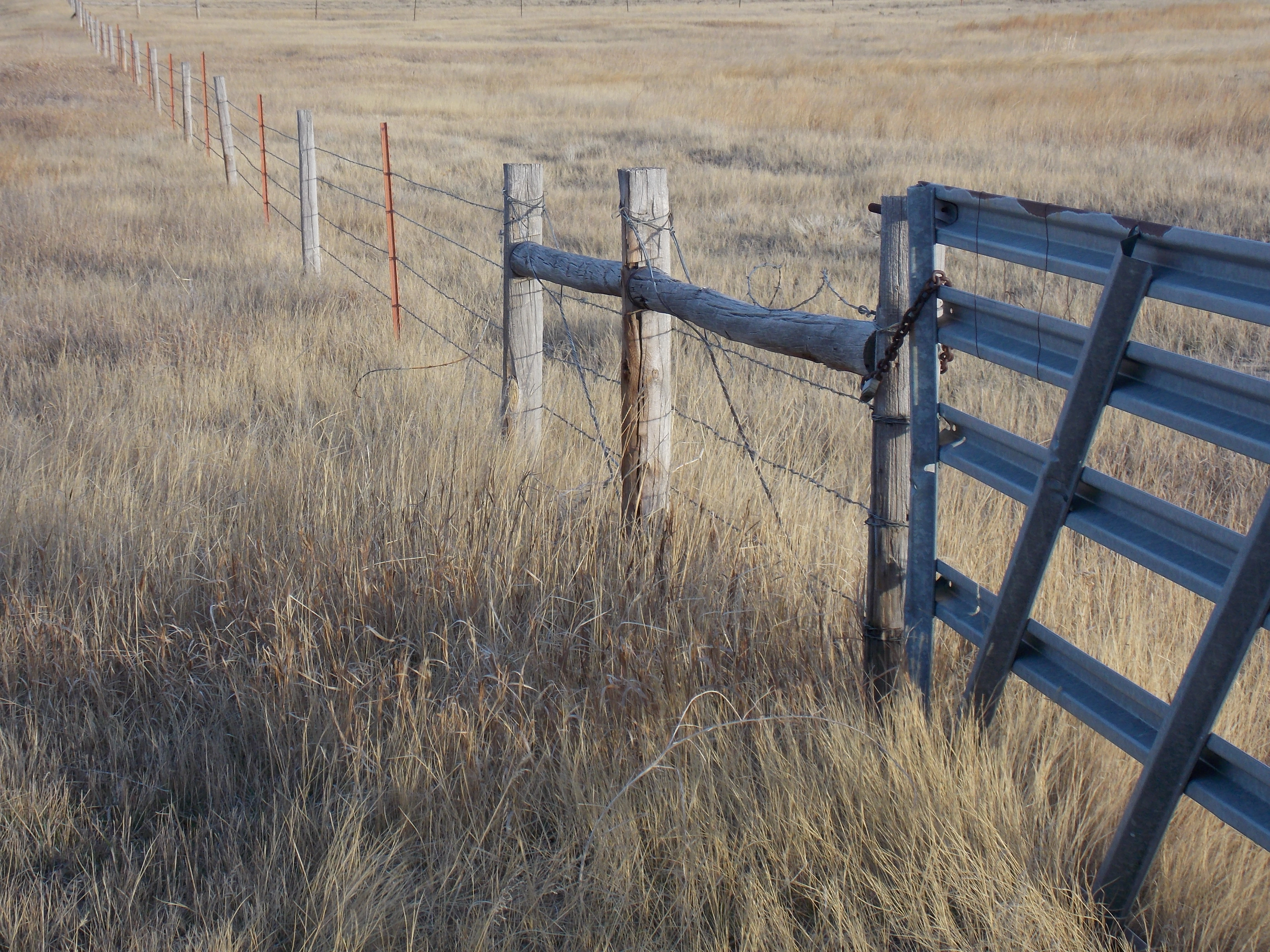
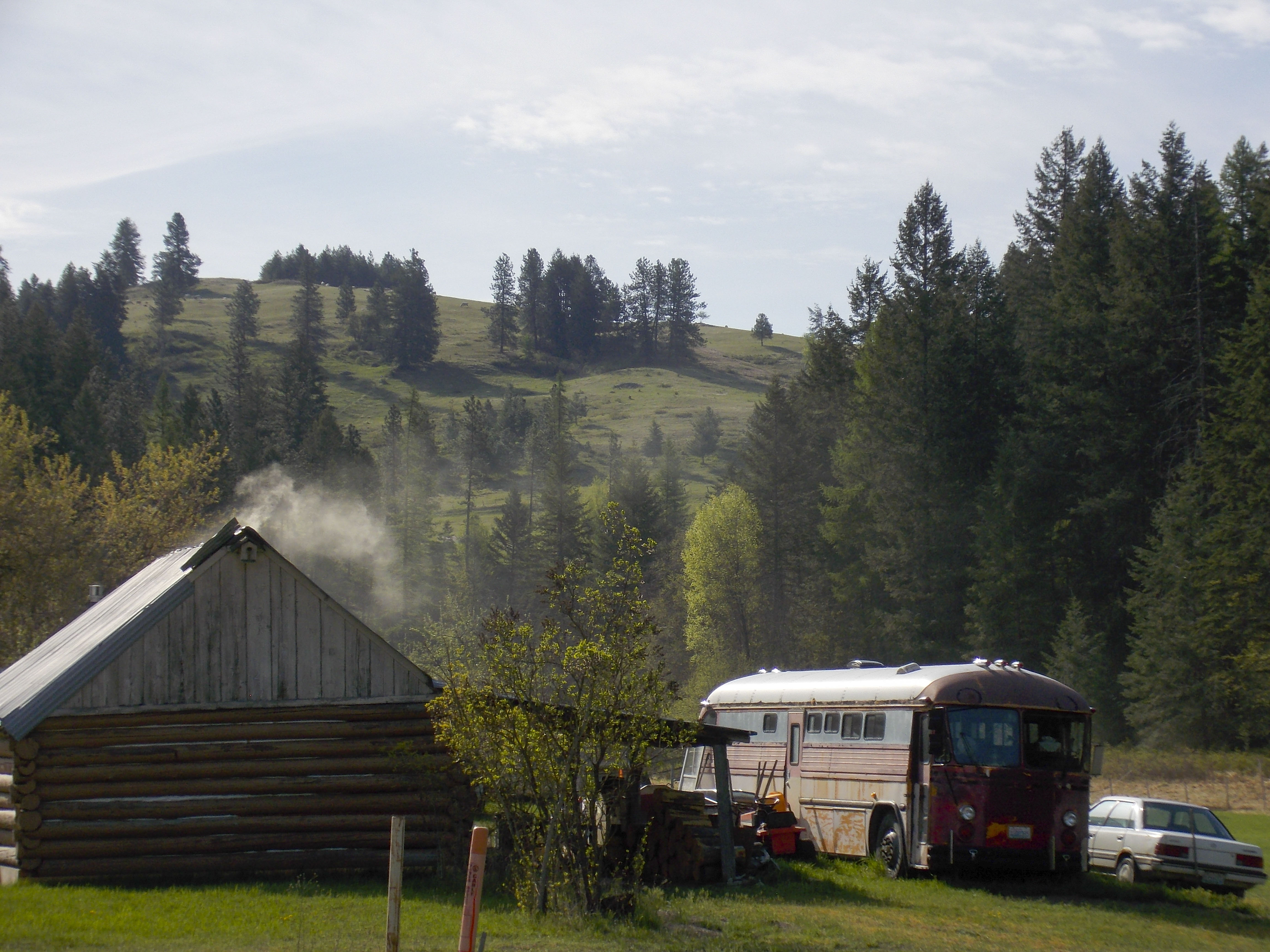
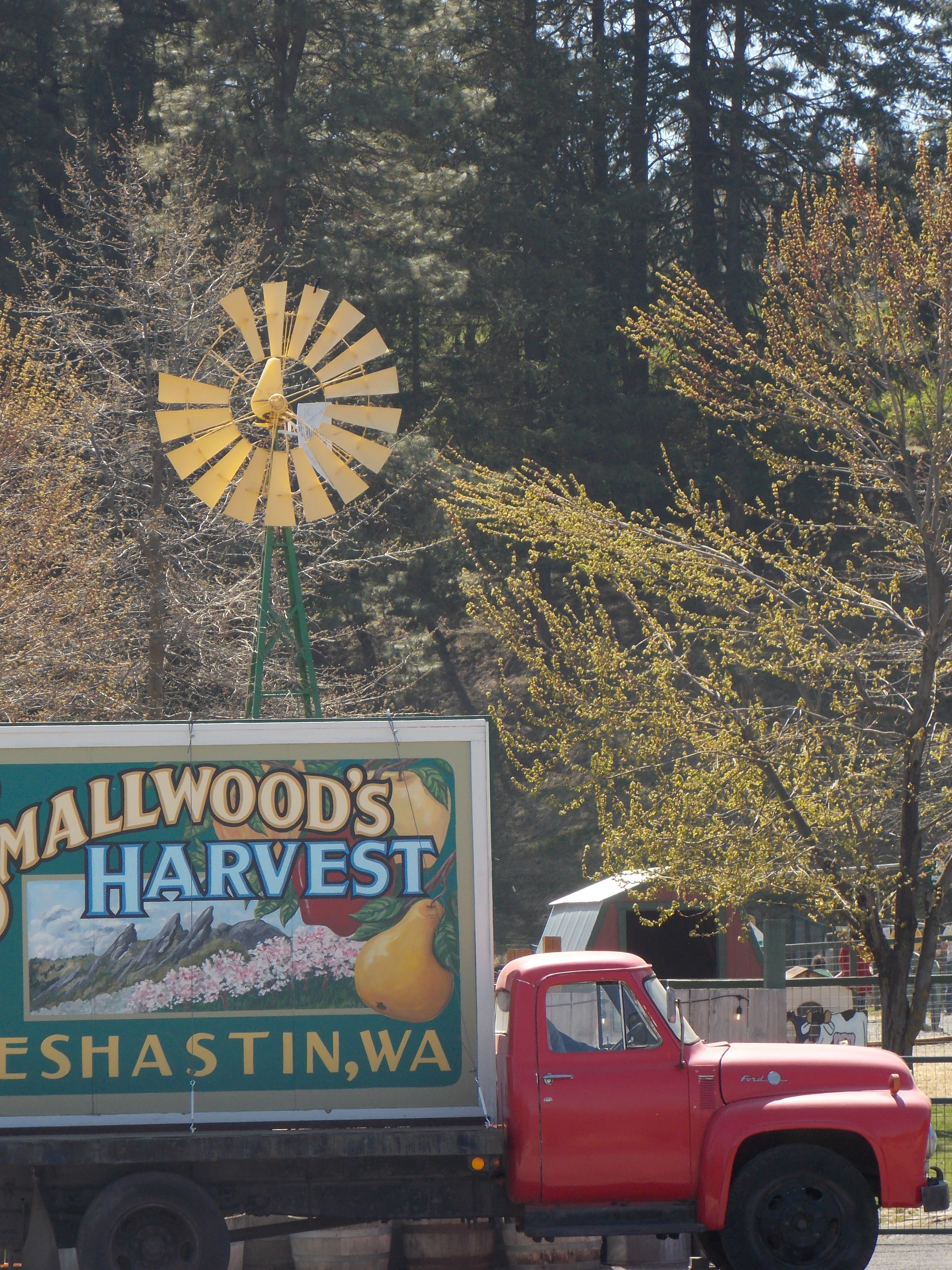
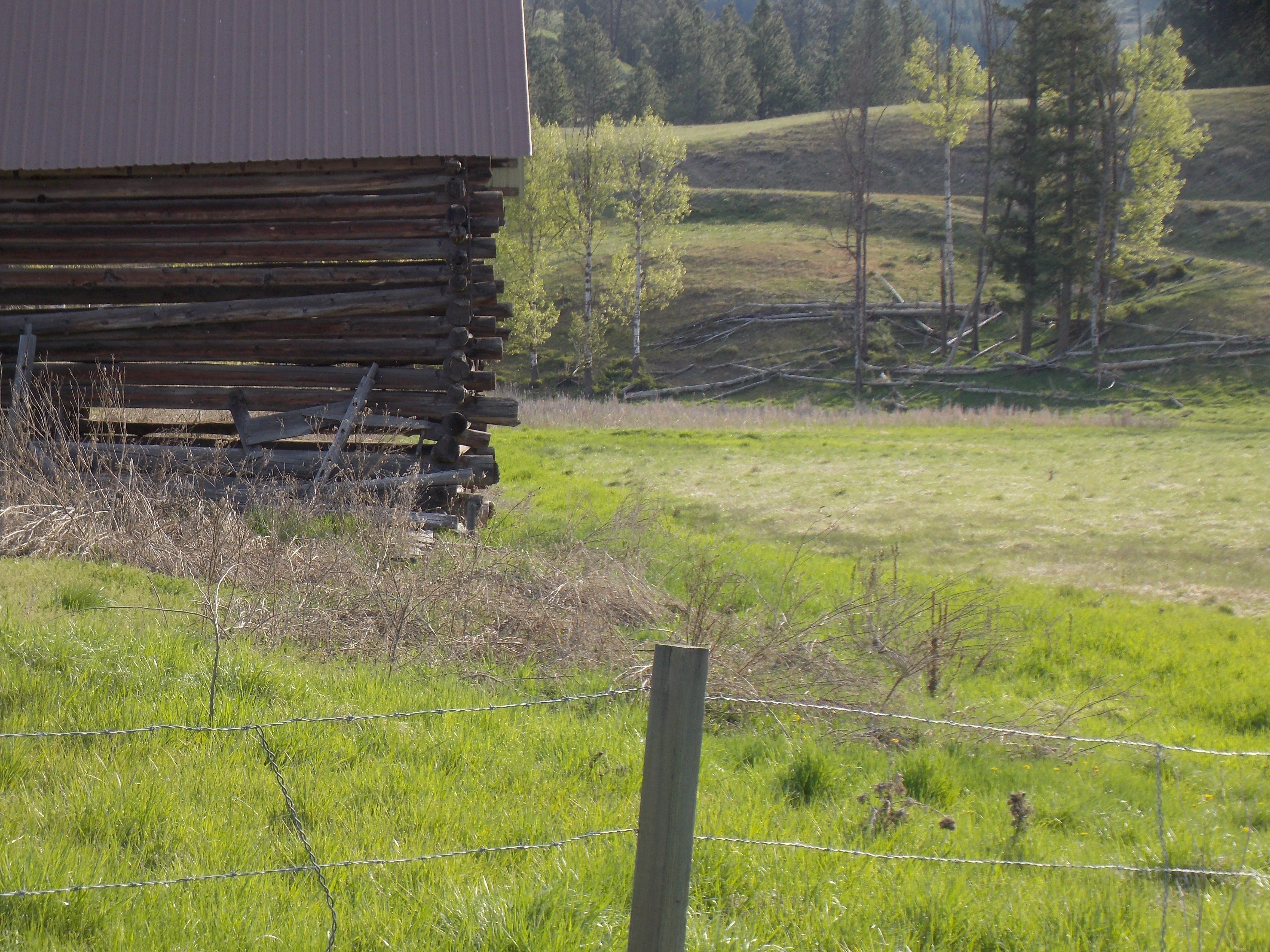
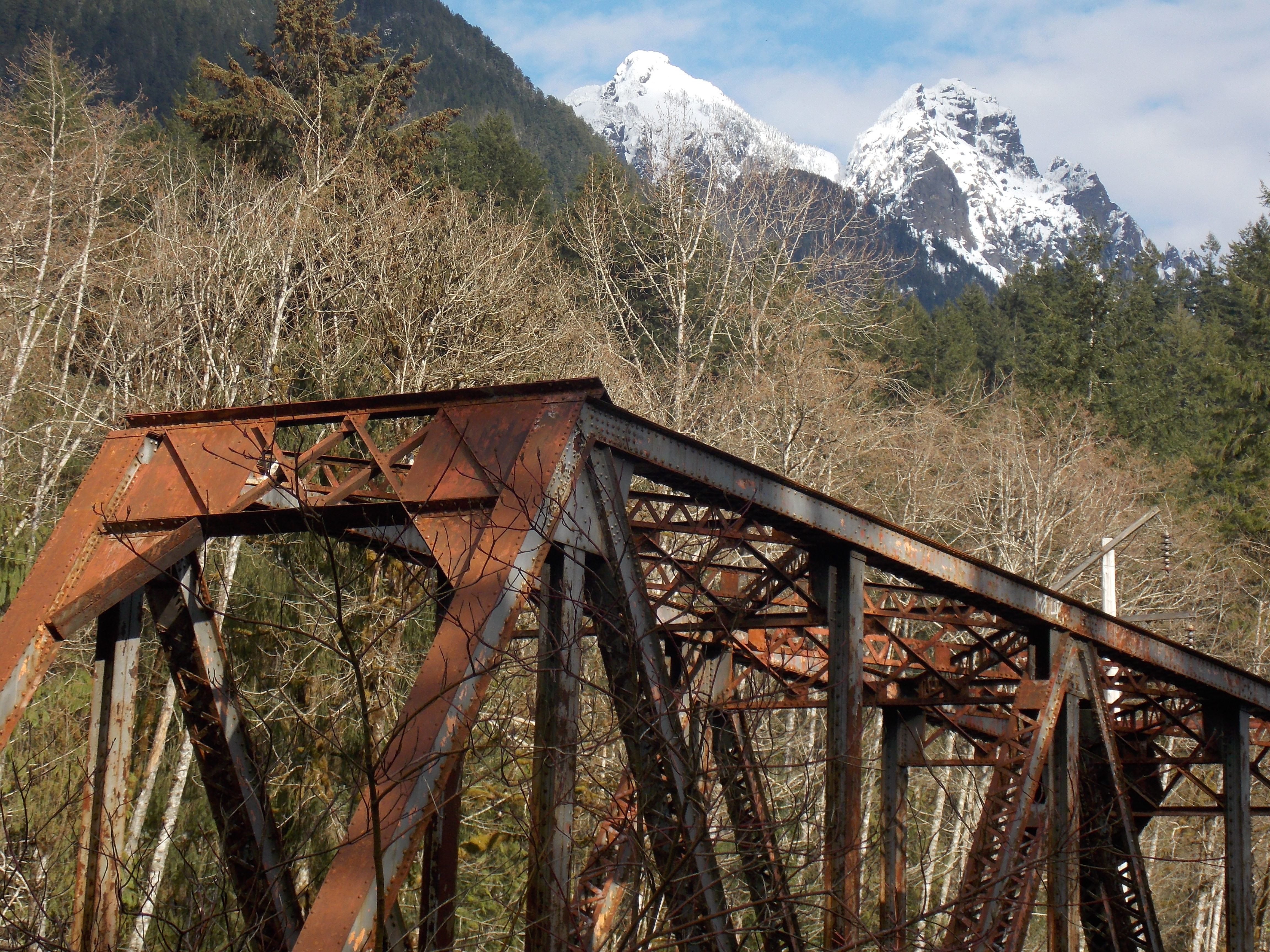

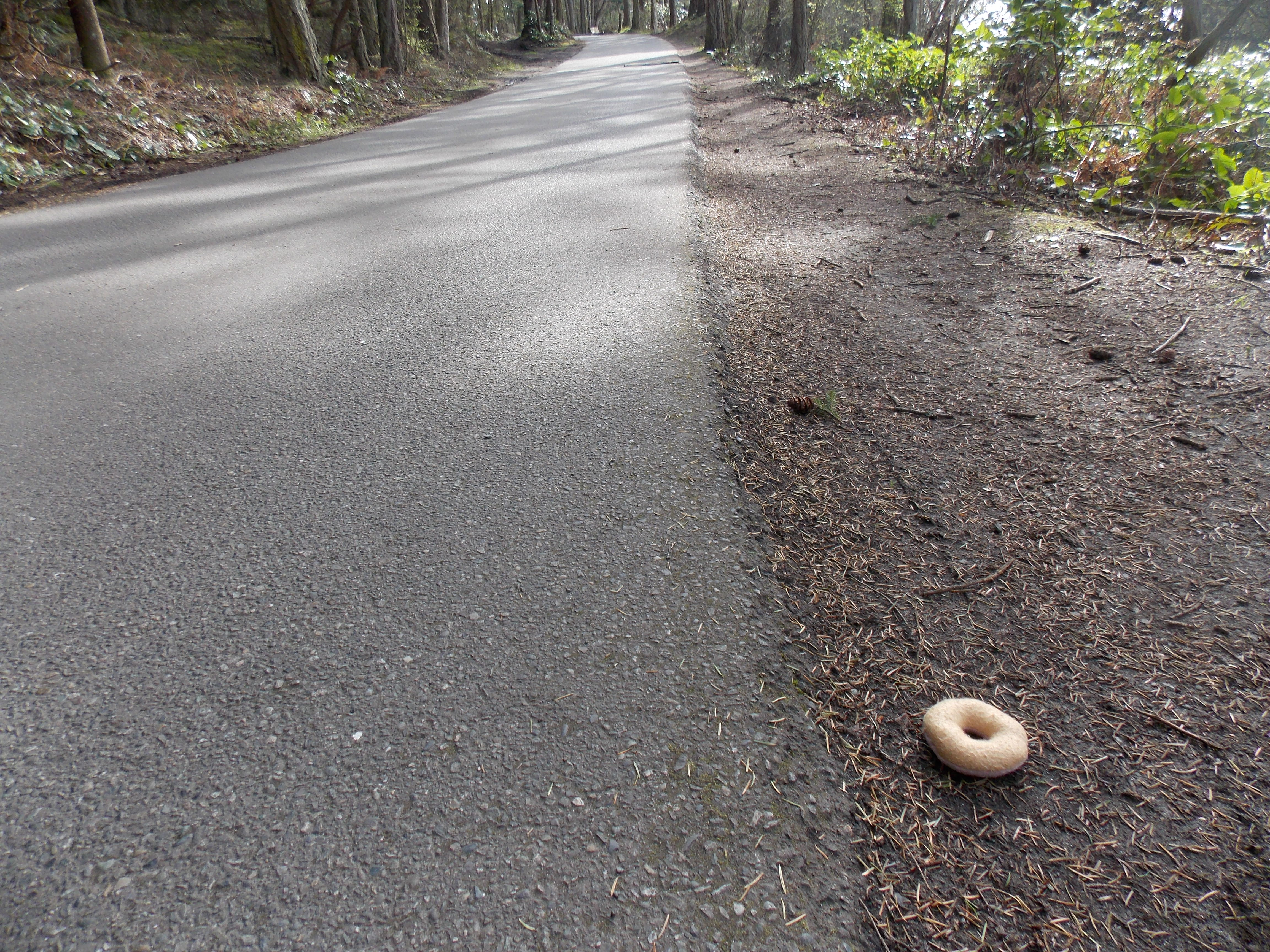
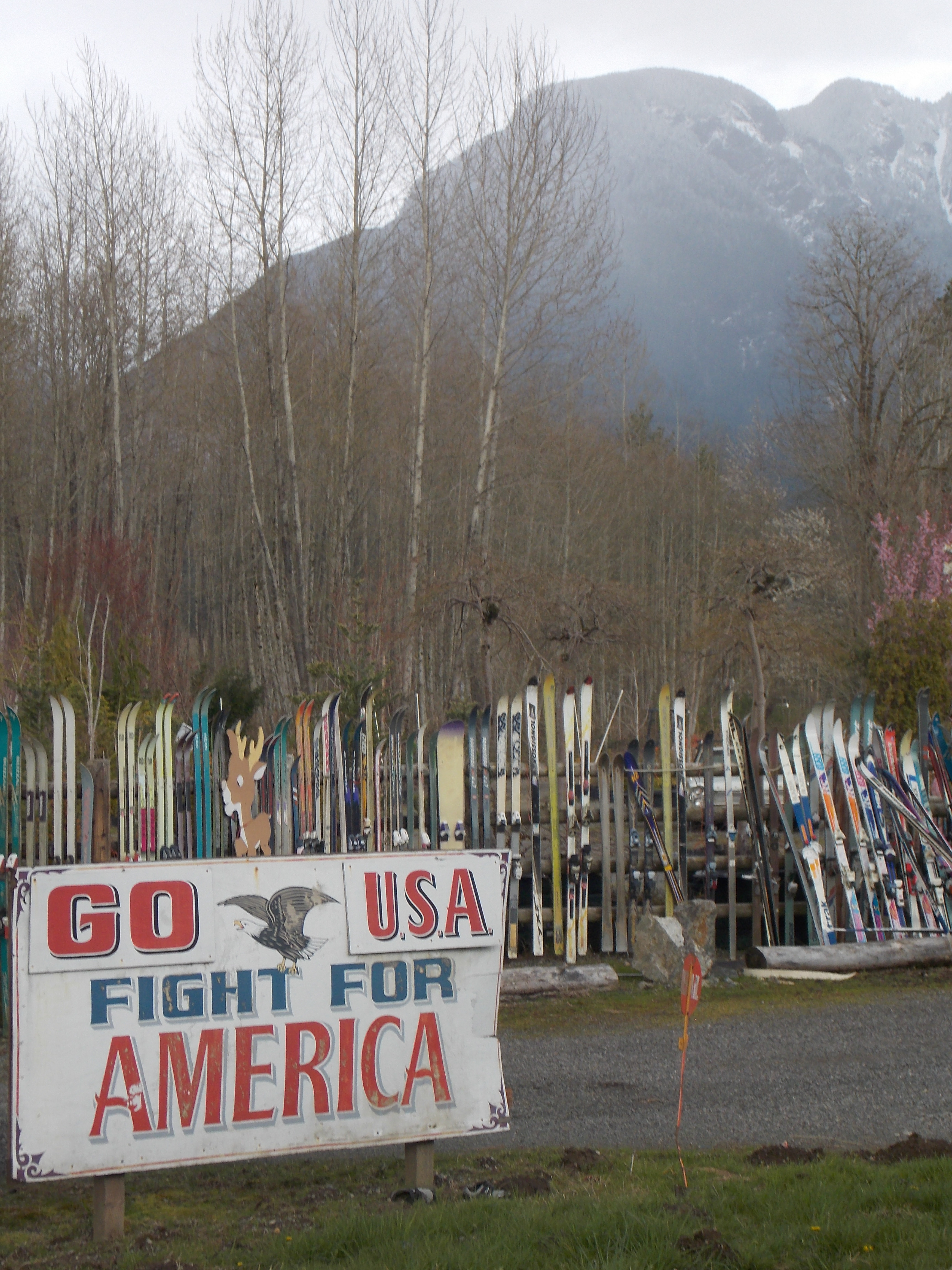
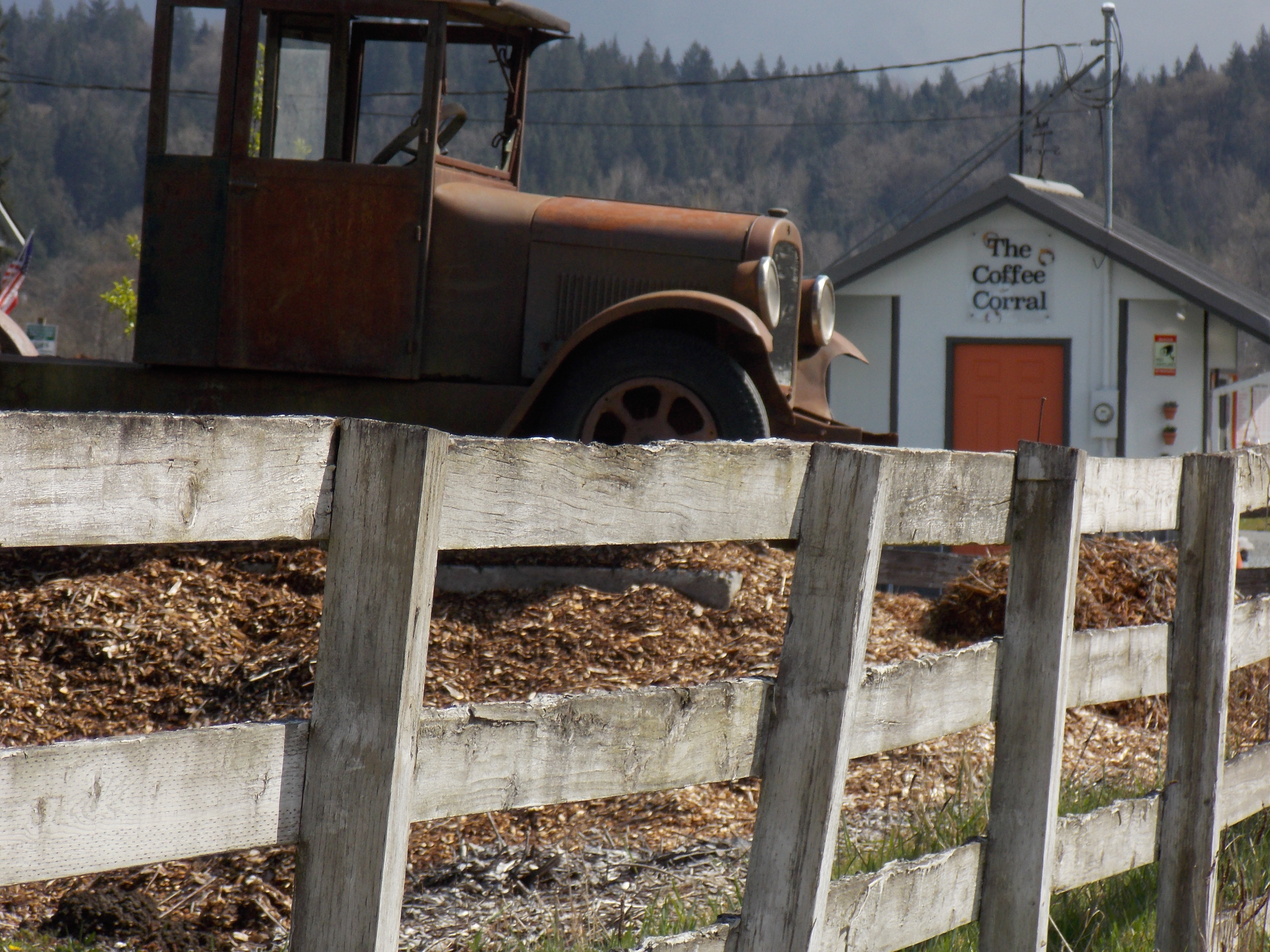
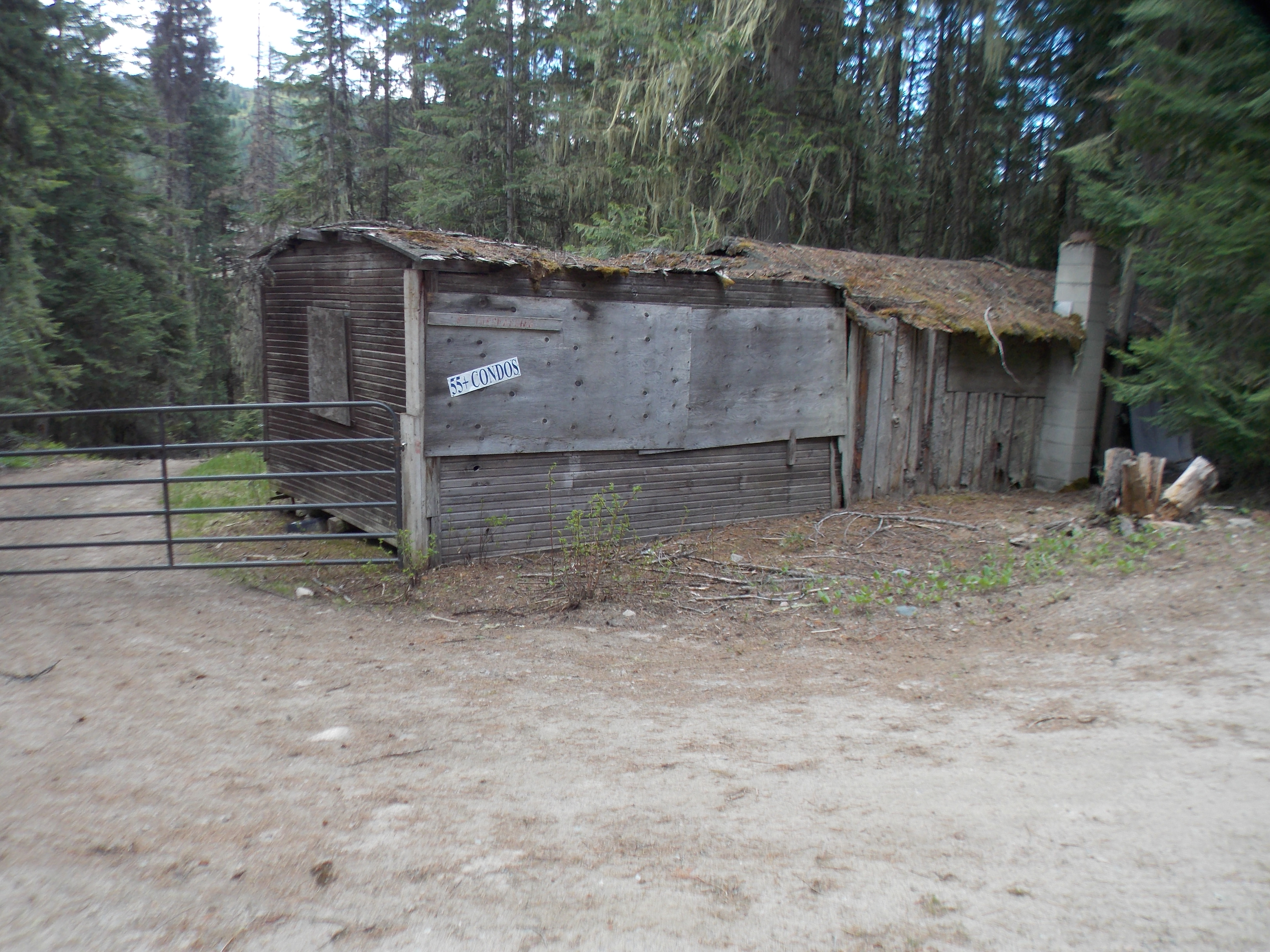
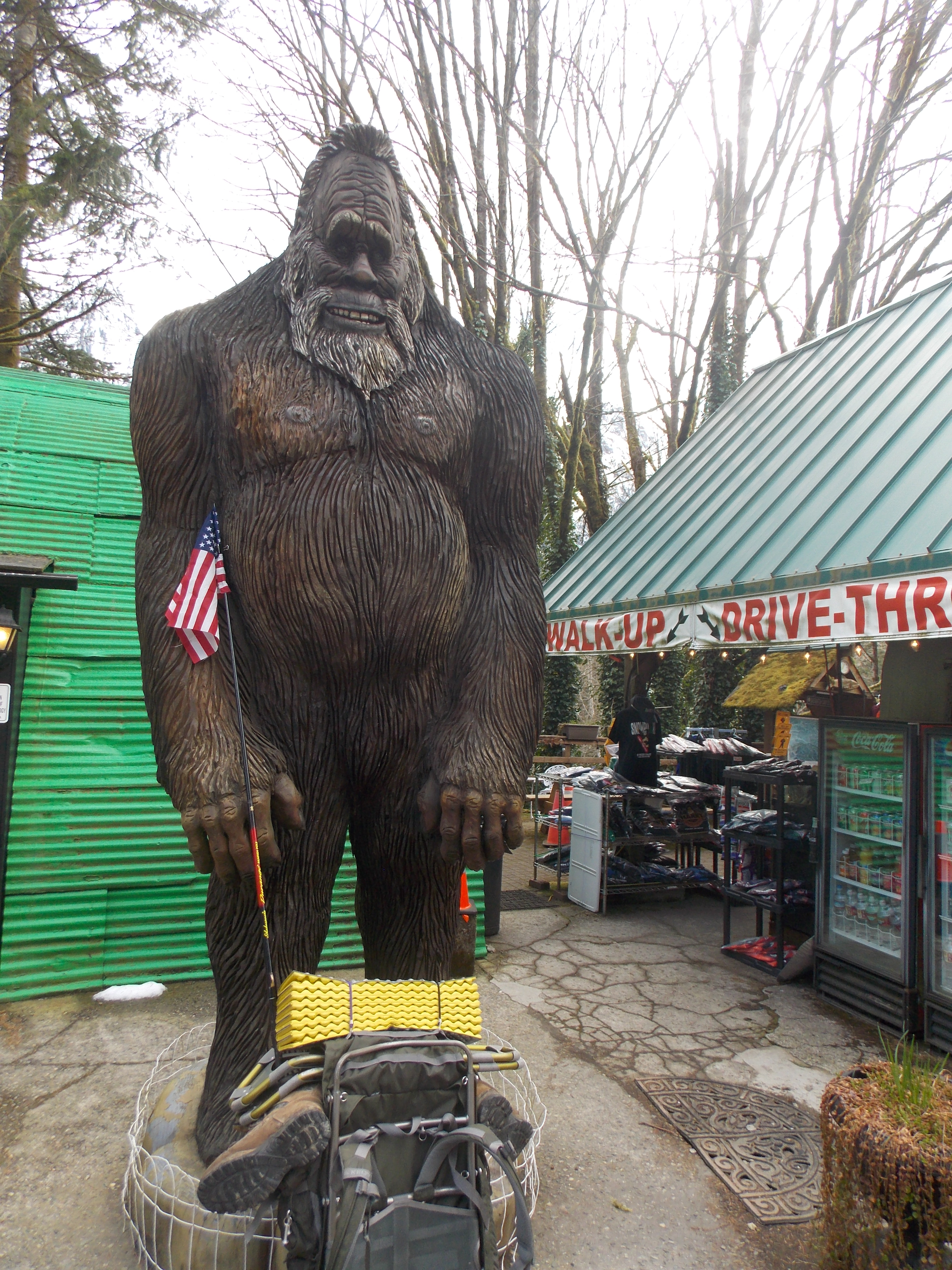
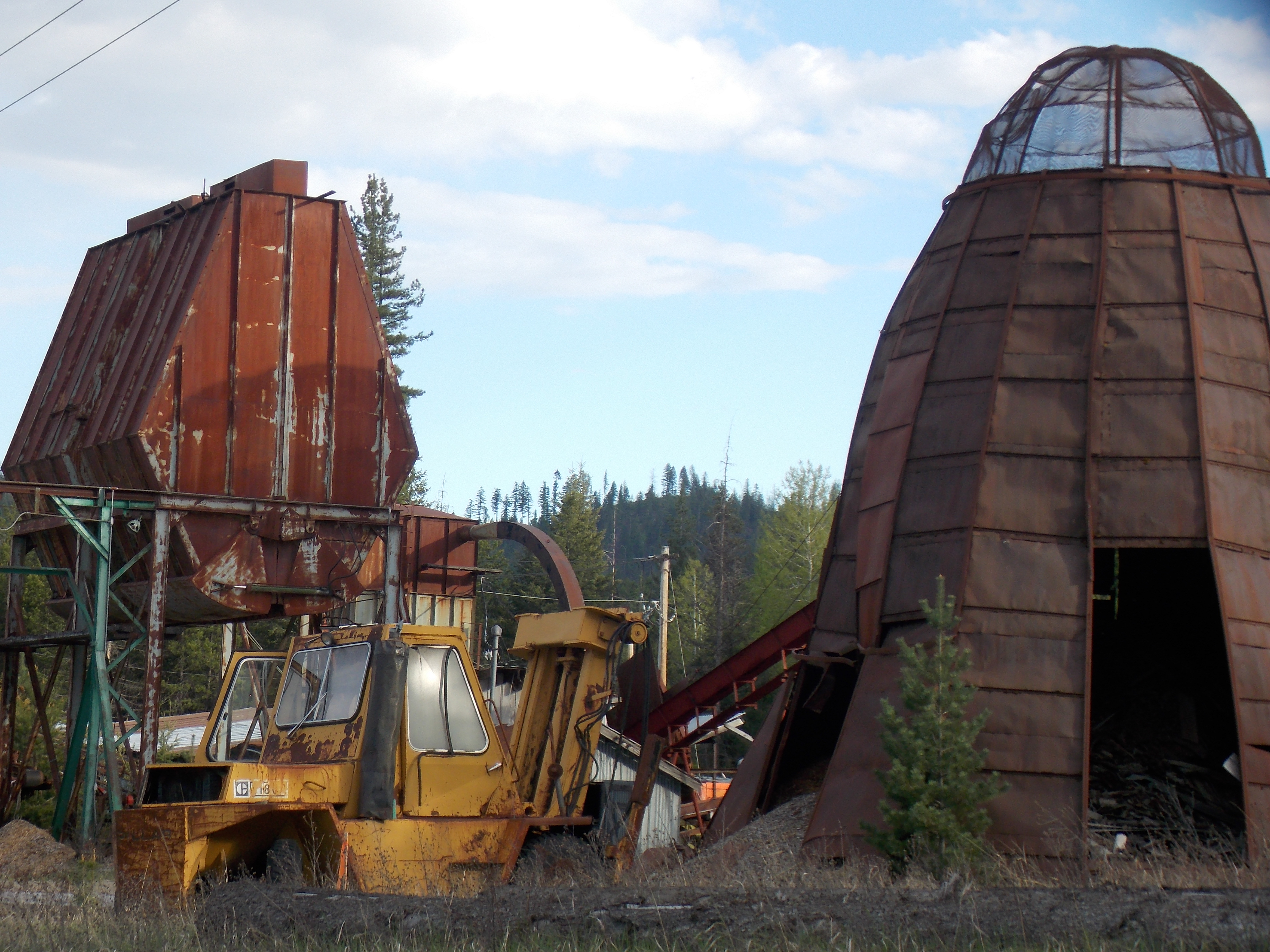
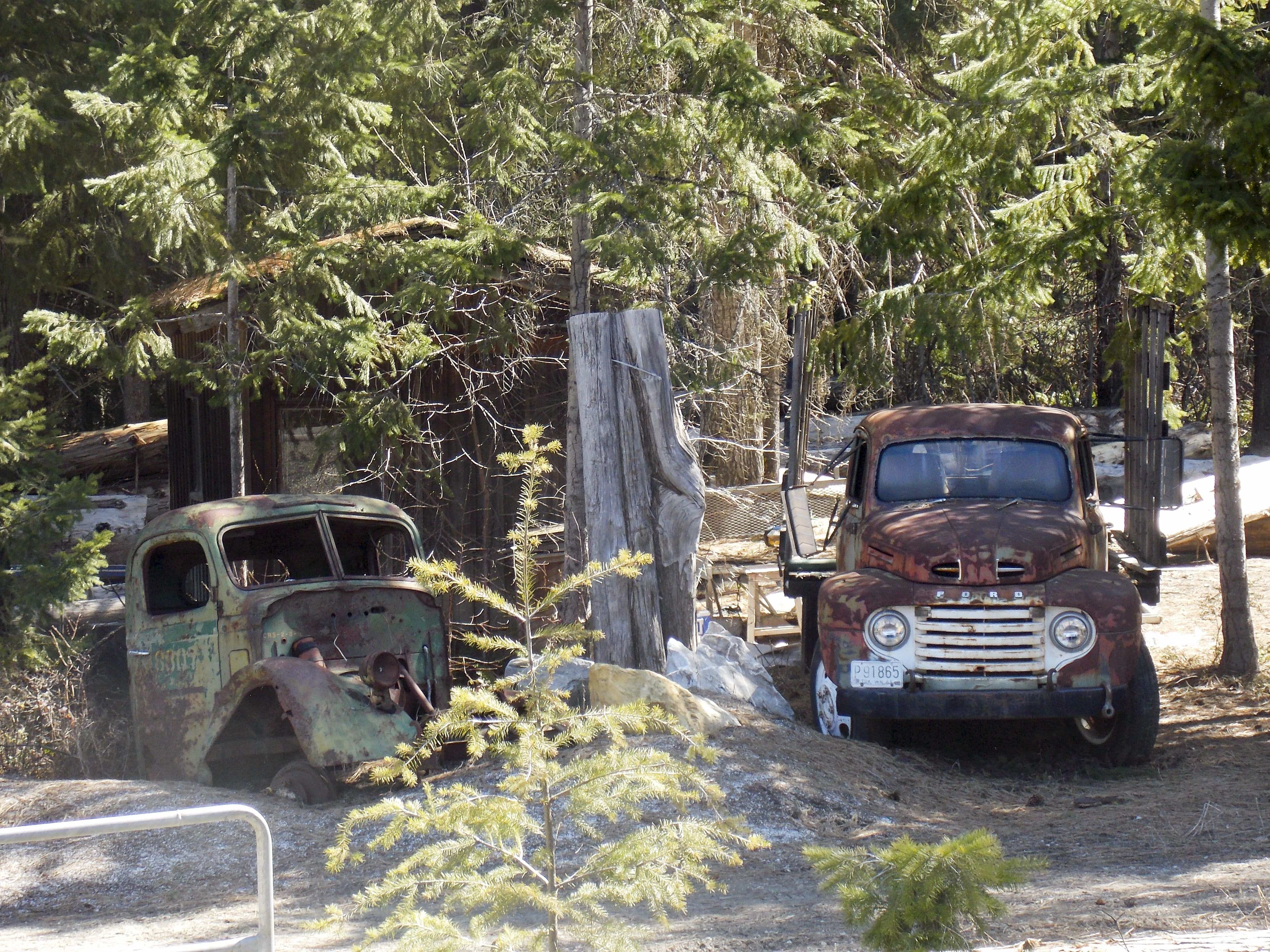


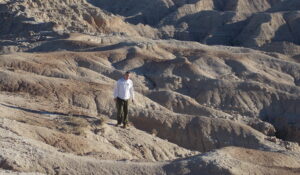
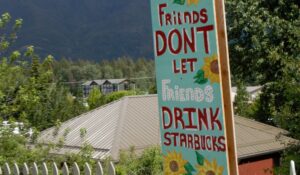
Some especially great pictures and insights today. Diane and I have been walking through the neighborhoods of Appleton, WI, and are often struck by the great variety and creativity of individual choices made regarding front yards and porches. Some yards are suburban — nicely mowed grass, no weeds, the sidewalk carefully edged and a hedge carefully trimmed. Next door someone has put on public display an amazing collection of concrete and plastic frogs and turtles, some naturalistic and others whimsical. Some residents practice “no mow May,” allowing their lawns to go to weed and seed to benefit bees and other pollinators. Their homes look abandoned.
I question one line in your post, though: I don’t think that bus “was dumped right there, maybe for reasons known only to farmer Jordan Senior.” It’s pretty clearly being used as a guest house, or even an apartment for grandma or grandpa. “Dumped” sounds pretty judgmental, Cedric. Check your privilege!